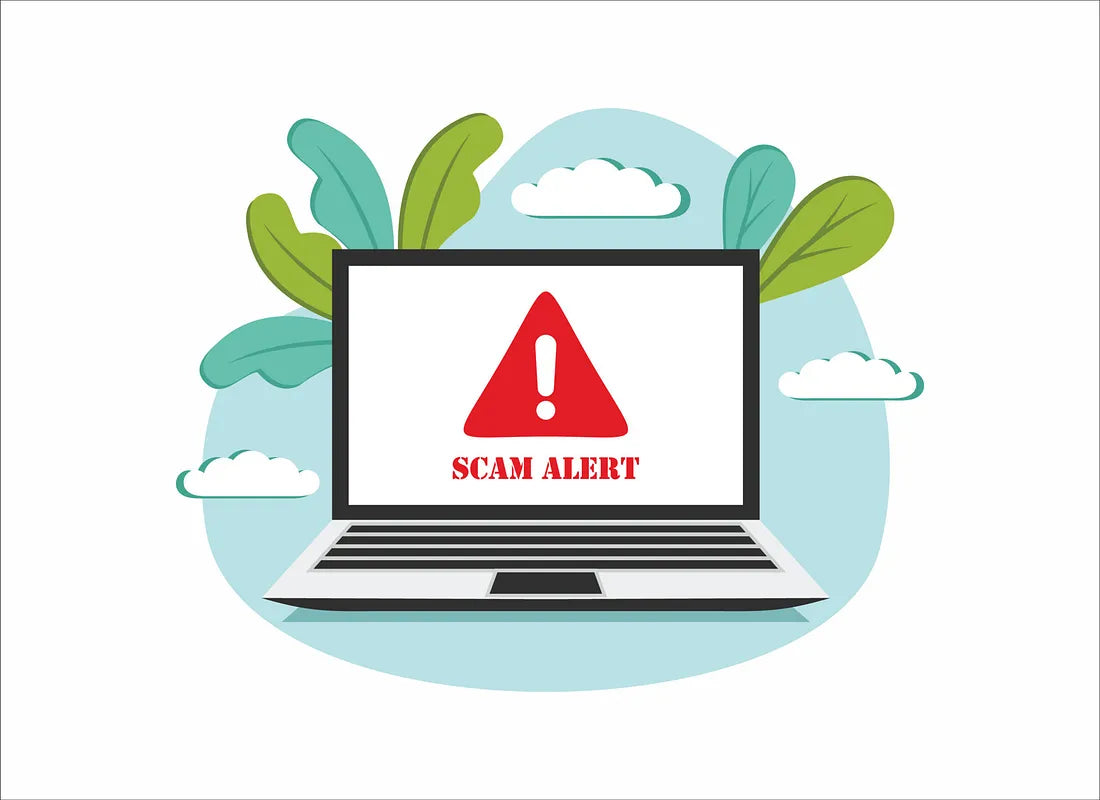Determining whether an eCommerce website is legitimate or fake involves several steps. Here’s few points to help you evaluate the authenticity of an eCommerce website:
1. Check the Website’s Domain and URL
Domain Name: Look for a professional and relevant domain name. Be cautious of domains that use unusual characters or have misspellings.
Secure Connection: Ensure the website uses HTTPS rather than HTTP, which indicates a secure connection. Look for a padlock symbol in the browser’s address bar.
2. Verify Contact Information
Contact Details: Legitimate websites usually provide clear contact information, including a physical address, phone number, and email.
Test Communication: Try contacting the customer service via the provided phone number or email to see if you receive a response.
3. Look for Business Information
About Us Page: Check for a detailed “About Us” page that provides information about the company, its history, and team members.
Registration Details: Verify if the business is registered and check for any relevant business licenses or certifications.
4. Check for Reviews and Reputation
Online Reviews: Look for reviews of the website on independent review sites and forums. Be cautious of overly positive reviews that might be fake.
Social Media Presence: Check if the website has a presence on social media platforms. Genuine businesses often engage with customers and have a consistent presence.
5. Inspect Website Design and Functionality
Professional Design: A well-designed and professional website is often a good sign. Poorly designed sites with broken links or low-quality images can be red flags.
Functionality: Ensure that the website functions properly. Test key features like the shopping cart, checkout process, and search functionality.
6. Review Payment Options and Security
Payment Methods: Legitimate eCommerce sites typically offer well-known and secure payment methods, such as credit cards, PayPal, or other trusted payment gateways.
Payment Security: Verify that the payment process is secure, looking for indicators like HTTPS and secure payment gateways.
7. Check for Privacy and Return Policies
Privacy Policy: Ensure the website has a privacy policy that explains how your data will be used and protected.
Return Policy: Look for a clear return policy that outlines how returns and refunds are handled.
8. Analyze the Website’s SSL Certificate
Certificate Details: Click on the padlock icon next to the URL in the browser and review the SSL certificate details to ensure it’s valid and issued to the correct domain.
9. Conduct a WHOIS Lookup
Domain Registration: Use a WHOIS lookup tool to find information about the domain’s registration, including the owner’s contact information and registration date.
10. Check for Red Flags
Suspicious Offers: Be cautious of deals that seem too good to be true, as they might indicate a scam.
Urgent Requests: Watch out for sites that pressure you to make quick decisions or ask for unusual payment methods.

